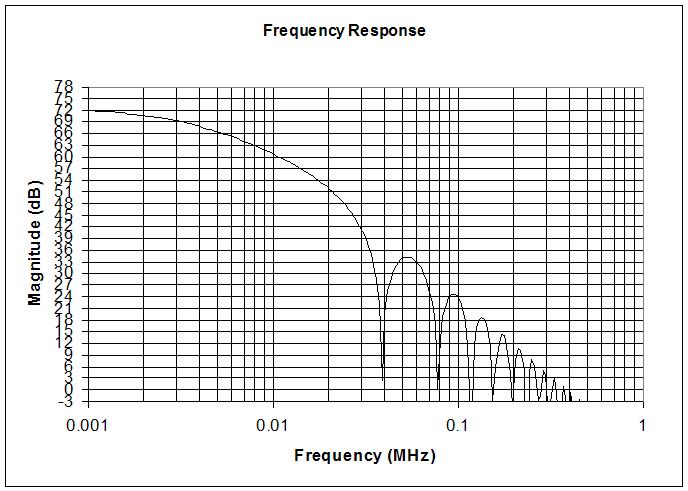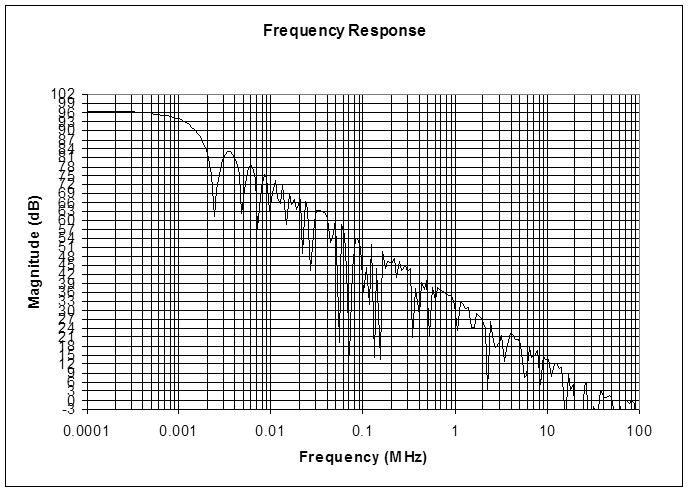Hi Fred,
Thanks for those links! I must say that I feel a little dumb severely restricting the memory in an audio product like this Theremin project, and for a semi-vanity reason like Hive, but it doesn't seem like a lot is necessary unless one employs large wave tables, lots of audio delay, etc. Buffering displays, particularly graphical RGB which require many bits per screen pixel, and implementing character generators in SW, cut into the memory I could be using for other more essential services.
Though everything seems to have an RGB touch panel these days, making it tempting to tap into if only because of the attractive economics. Offhand, here's a new 480 x 272 5" TFT for $12 (link):

I see that kind of thing and I feel like a chump considering older offerings which are clunky to interface, are so ancient they need 5V, and are fairly expensive in comparison.
Graphics are sexy and fun, but I don't believe they are necessary, or even desirable given the design constraints. 4 shortish lines (~16 characters long) of highly readable alphanumerics would likely be sufficient as this could display 3 levels of menu depth and the variable to change. With 4 rotary encoders - one for each level and one for the variable - I'm hoping the user will be able to get around quickly and easily. (I'm not sure why encoders aren't employed more often and in larger quantities - the interface is three pins including push button function, and trivial resynchronization plus a trivial HW or SW state machine are all that is required.)
I think readability is really important, and for an alphanumeric display this translates into a large display area with large pixels, but the trend is to smaller pixels for graphical reasons. This is why I'm not currently considering OLED, which have more modern driver ICs, because the pixels are microscopic.
I also worry about emissions due to all the AC in these panels. I've seen C sensors on my workbench respond to changing images on my nearby PC monitor. It would be nice to have direct control of the multiplexing frequencies, and have the opportunity to synchronize them to the C sensor somehow should they become a problem. Really, having high current / voltage / frequency multiplexing going on anywhere near a Theremin, much less inside of it, seems to be asking for it. What would perhaps be ideal is one of those e-ink displays they use in eBook readers as they hold their image even with the power disconnected. Too bad they don't make simple multi-line alphanumeric displays based on that.
Anyway, the most applicable seeming LCD displays I've stumbled upon so far:
ERM12864FS-6 - 2.9" graphical 128x64 with built-in character generator. An ancient (~Y2K) part that needs 5V. SPI interface is kind of clunky. No SW contrast adjustment that I can see (kind of a deal killer, don't want a pot hanging off of it just for contrast). $13 before postage.
ERC12864-2 - 2.6" graphical 128x64. SPI controller, 3.3V, but has flexi-ribbon cable connect. $7 before postage.
Probably being picky, but if I'm buying a graphical part I'd like powers of 2 pixel counts. And anything smaller than 2" is IMO too small.




